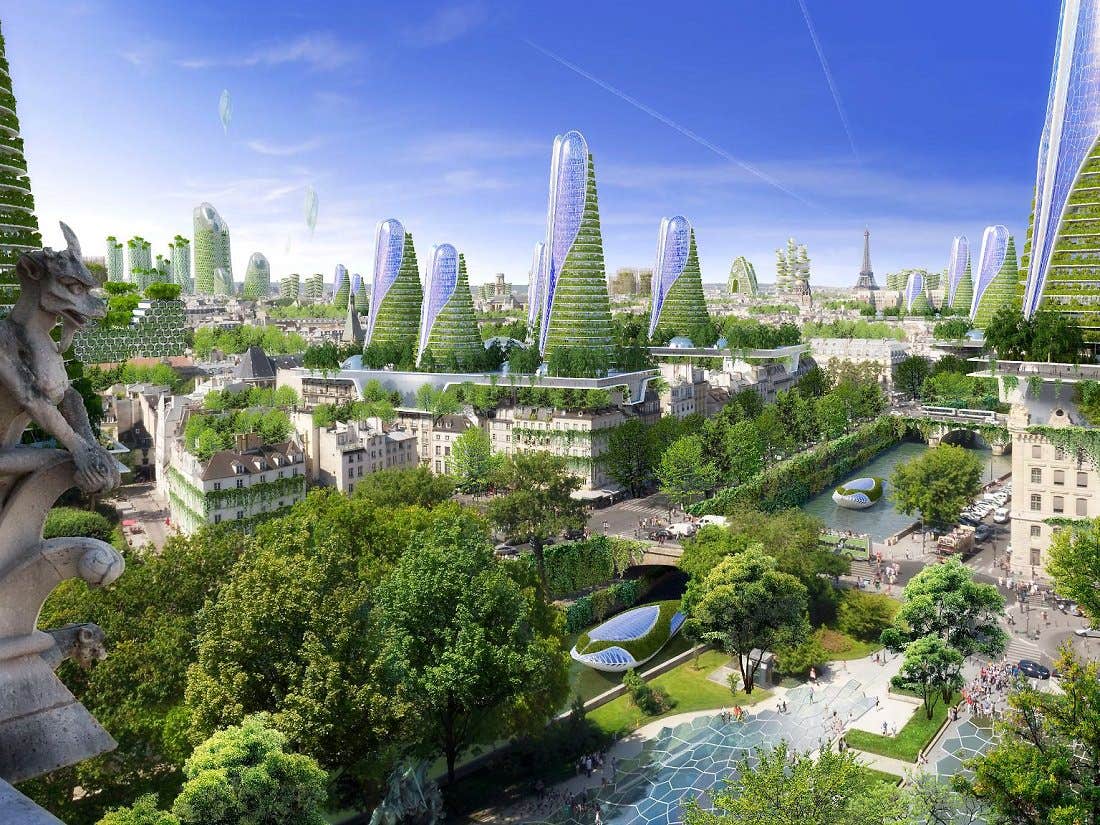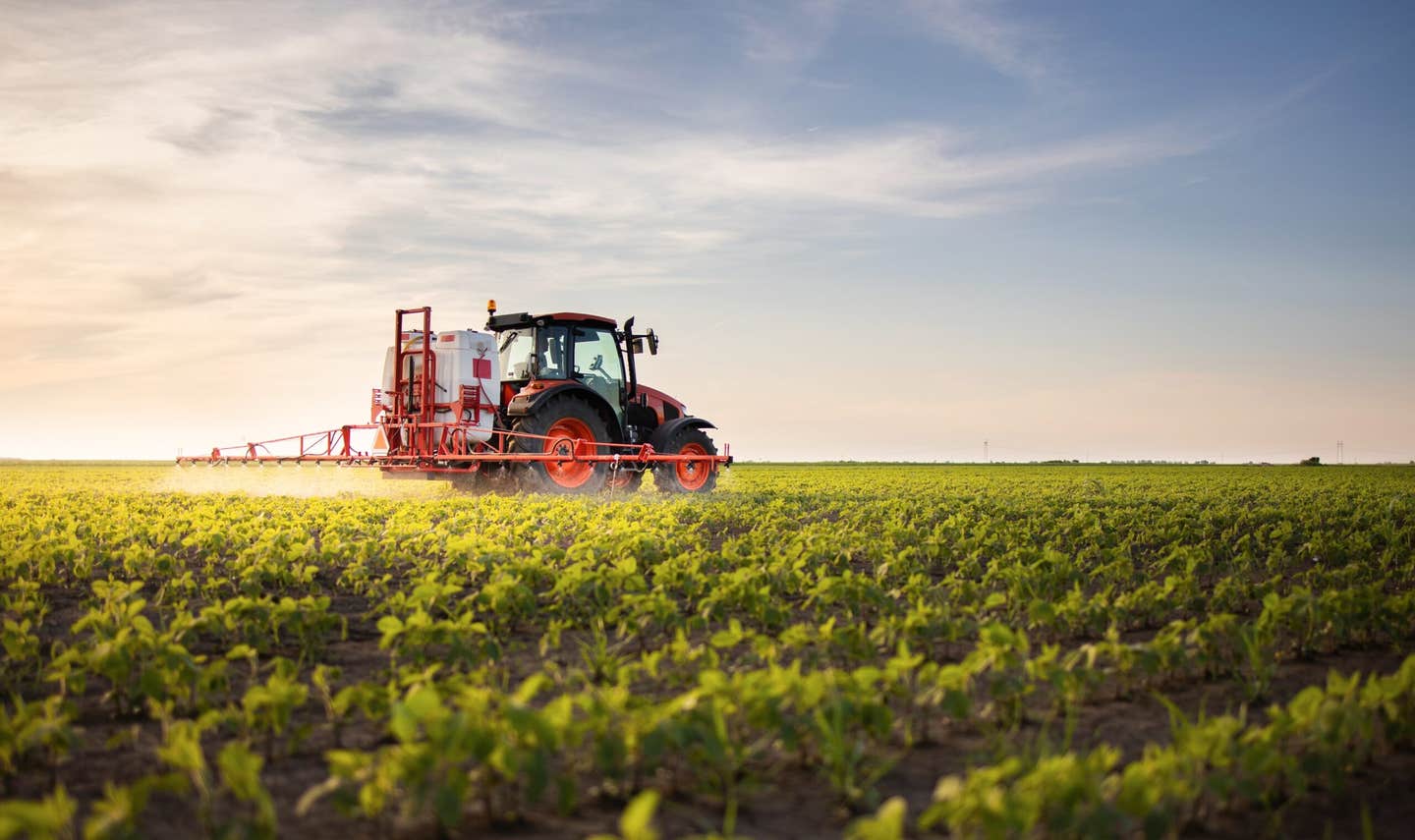Greener cities could prevent over a million heat deaths, study finds
Adding green space to cities could prevent over 1 million global heat deaths, a 20-year study from Monash University finds.

A new study finds that boosting green space in cities could have prevented over 1.1 million heat-related deaths from 2000 to 2019. (CREDIT: CC BY-SA 4.0)
Across the globe, more than half of all people live in cities. These crowded places hold buildings, roads, and very little nature. As climate change pushes temperatures higher, this lack of green space is becoming deadly. New research shows that adding trees, grass, and plants to cities could do more than make them pretty — it could save lives.
A 20-year study from Monash University found that adding green areas to urban landscapes could prevent over a million heat-related deaths worldwide. Led by Professor Yuming Guo and published in The Lancet Planetary Health, the study analyzed data from more than 11,500 urban areas and connected rising temperatures with the tragic impact of deadly heat.
Heat Kills — But It Doesn’t Have To
From 2000 to 2019, heat exposure was linked to over 3.1 million deaths — about 0.91% of all global deaths during that time. That’s about half a million people dying from heat each year. And the numbers are likely to rise. Future projections show that under the worst climate scenarios, heat-related deaths could make up as much as 16.7% of all deaths in parts of the world by the end of this century.
But the researchers found that boosting vegetation in cities could reverse much of that damage. By increasing urban vegetation by just 30%, the study estimates that up to 1.16 million lives could have been saved during those two decades. That’s over one-third of all heat-related deaths from that time.
A 10% increase in vegetation could have reduced global heat deaths by 27.16%, a 20% increase by 32.22%, and a 30% increase by 36.66%. These numbers came from advanced modeling techniques that used real-world mortality and weather data, alongside satellite images of green coverage collected by NASA.
“These findings indicate that preserving and expanding greenness might be potential strategies to lower temperature and mitigate the health impacts of heat exposure,” said Professor Guo.
Related Stories
Why Green Spaces Cool Things Down
Green areas in cities act like natural air conditioners. They block sunlight with shade, reflect radiation away from surfaces, and cool the air through a process called evapotranspiration — where water evaporates from leaves and soil into the air. This helps air circulate, which lowers temperatures around homes and streets.
When cities are mostly made of concrete and asphalt, they trap heat, creating what scientists call an “urban heat island.” These places get much hotter than nearby rural areas. But adding plants can break this effect. The study found that a 30% increase in green space would lower warm-season temperatures by 0.19°C on average.
This cooling might sound small, but on a global scale, even a small change can make a big difference. In places already dealing with extreme heat and poverty, that difference could be the line between life and death.
The protective effect of greenery goes beyond just lowering the air temperature. Green spaces have also been shown to reduce mental stress, encourage physical activity, improve social interactions, and clean the air. All of these contribute to better public health and can lessen the risks that come with extreme heat.
Where Greenery Could Save the Most Lives
The study analyzed 11,534 urban areas, collecting weather and death data from 830 cities in 53 countries. The researchers used the Enhanced Vegetation Index (EVI), which is a satellite-based measure of plant cover and health. Urban areas were defined as places with over 1,500 people per square kilometer and at least 50,000 total residents.
While the study was global, not every region would benefit equally. Cities in Southern Asia, Eastern Europe, and Eastern Asia would see the greatest reductions in heat-related deaths. These regions have both high heat exposure and large urban populations.
Here’s the average number of lives that could have been saved in each region by boosting vegetation by 30%:
- Asia – 527,989 lives
- Europe – 396,955 lives
- Latin America & Caribbean – 123,085 lives
- North America – 69,306 lives
- Africa – 35,853 lives
- Oceania – 2,733 lives
- Australia & New Zealand – 2,759 lives
Europe and Asia show the highest numbers, not just due to population, but also due to dense cities with high heat exposure and low existing green coverage.
What Sets This Study Apart
Many past studies looked at the connection between green spaces and health, but few considered the full picture. Often, they focused only on either how plants cool the air or how they improve people’s ability to handle heat. But this new Monash University study is the first to combine both.
To do this, the researchers used a multi-stage meta-analysis. This means they looked at lots of studies and data sets and put them together in a way that gave a clearer and more complete result. They relied on death records from over 800 cities, temperature readings, satellite images, and a powerful prediction method called random forest modeling. This model helped them test “what if” scenarios — such as what would happen if vegetation was increased by 10%, 20%, or 30%.
Greenness was measured using data from NASA’s Terra satellite. This satellite captures high-resolution images of Earth every 16 days and records the amount and health of plant life in specific locations.
The result is a study that doesn’t just suggest green space is helpful — it shows how much of a life-saving difference it can make.
Professor Guo said, “This is the first modelling study to estimate both the cooling and modifying effects of greenness, providing a more comprehensive assessment of its benefits in mitigating heat-related mortality.”
Looking Forward: Greener Cities, Healthier Lives
As climate change speeds up, the heat problem will get worse. But cities still have a choice. They can fight back against deadly heat by planting more trees, restoring parks, and designing greener spaces. These actions are not just about beauty or the environment — they are about survival.
The study makes it clear: increasing green space can save lives, especially in cities where people are most at risk. This is not just a health issue; it’s also a social one. Poorer neighborhoods often have less greenery and higher heat risk. Making cities greener could reduce this unfair burden and help create healthier communities for all.
Urban planners, local governments, and citizens now have powerful evidence to act. The cooling power of green space is real. The life-saving impact is measurable. And the time to invest in greener cities is now.
Note: The article above provided above by The Brighter Side of News.
Like these kind of feel good stories? Get The Brighter Side of News' newsletter.



